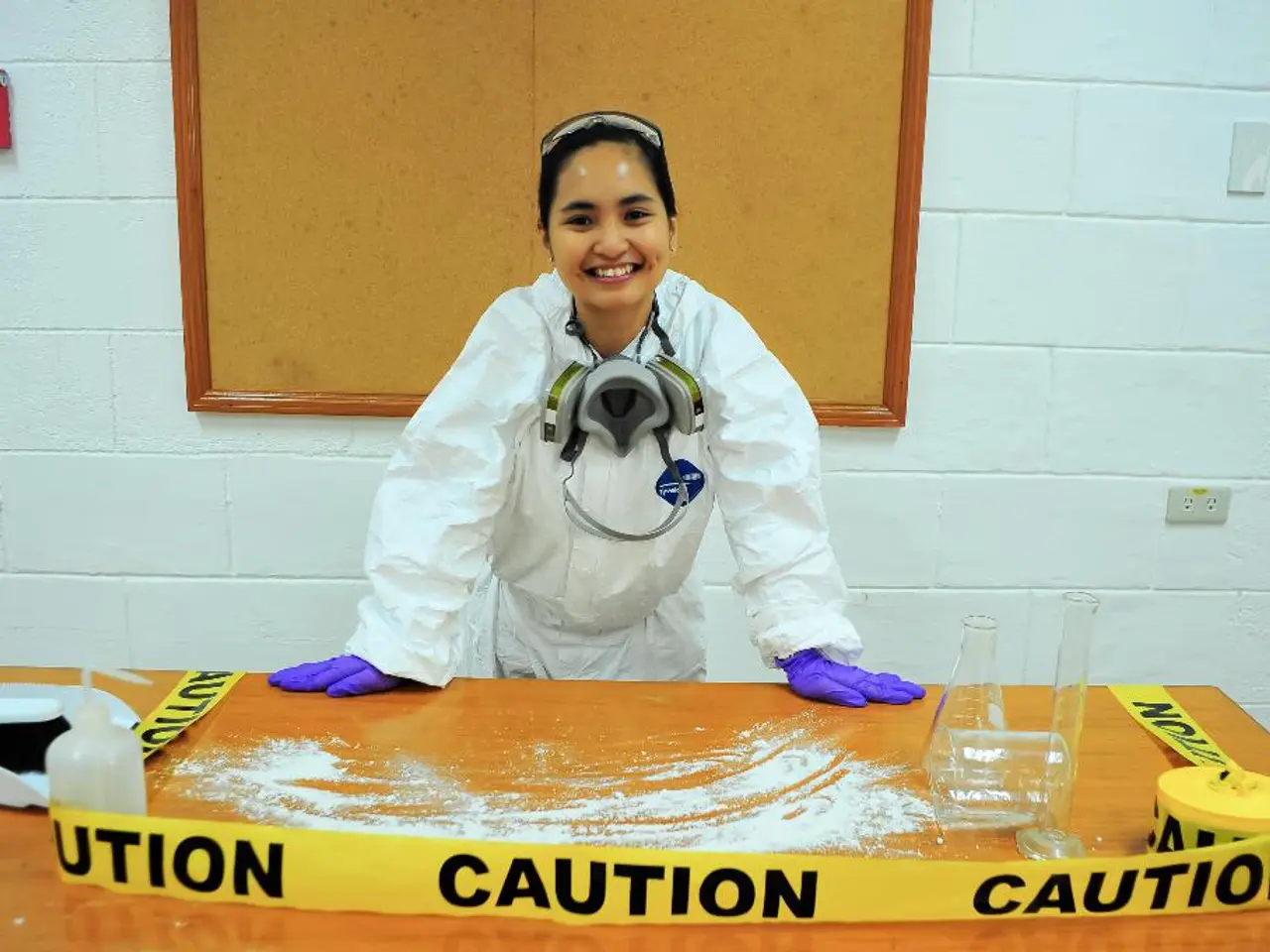Investigating Ionic Pollution in PCB Circuits: A Deep Dive
In the world of electronics, maintaining a quality manufacturing process is paramount. One crucial aspect that requires careful attention is the control of ionic contaminants in Printed Circuit Boards (PCBs). This news article will delve into the sources and implications of ionic contamination, and discuss methods for its evaluation and mitigation.
Ionic contamination in PCBs can stem from various sources. Common conductive flux residues from the soldering process include unreacted activators, binders, rheology components, and saponifiers. These residues, if not properly removed, can remain as ionic contaminants, attracting moisture and creating conductive paths that lead to electrochemical migration and corrosion, particularly in humid or hot environments.
Handling contaminants, such as oils from fingerprints and dust particles, also contribute to ionic contamination. These contaminants can decrease insulation resistance and promote corrosion and electrochemical failures. Exposure to industrial pollutants or salt spray can react with copper traces on PCBs, forming corrosive compounds that degrade PCB performance.
Chemical residues from cleaning agents or process materials can also pose a threat. Improper cleaning or the use of certain detergents can leave acidic or alkaline residues that can corrode metal surfaces or act as ionic contaminants. Detailed identification of ionic species can be performed by ion chromatography, a method based on the solvent extraction principle and ultrasonic agitation.
Inter-layer residues generated during drilling and plating are another source of ionic contamination. The PCB cleaning process is a delicate one, and issues such as damaged and loosened connections can arise if the cleaning process is not performed properly.
To ensure reliability and avoid rework and late life cycle failures, ionic contamination testing is performed through the ROSE (Rinsing, Organic Solvent, and Deionized Water) test and ion chromatography. The ROSE test involves immersing a PCB sample in isopropanol and deionized water at room temperature, while ion chromatography provides detailed identification of ionic species according to IPC standards.
In summary, ionic contamination mainly arises from incomplete removal of flux residues, environmental dust and salts, handling oils, and residual chemicals. These contaminants can impair PCB reliability unless adequately controlled via cleaning and process controls. The growing use of PCBs in harsh environments and safety-critical applications necessitates adequate electrochemical reliability to control ionic contamination.
[1] [Source 1] [2] [Source 2] [3] [Source 3] [4] [Source 4] [5] [Source 5]
- Science plays a vital role in understanding the sources and effects of ionic contamination in Printed Circuit Boards (PCBs), which can impact medical-conditions, lifestyle, technology, and education-and-self-development, as these devices are integral to the functioning of various domains.
- In the pursuit of improving electrochemical reliability and extending the life cycle of devices, technological advancements in ion chromatography and other contamination testing methods, such as the ROSE test, offer significant contributions to the field of education-and-self-development, as they equip industry professionals with the necessary skills to control ionic contamination and maintain quality manufacturing processes in the field of electronics.




